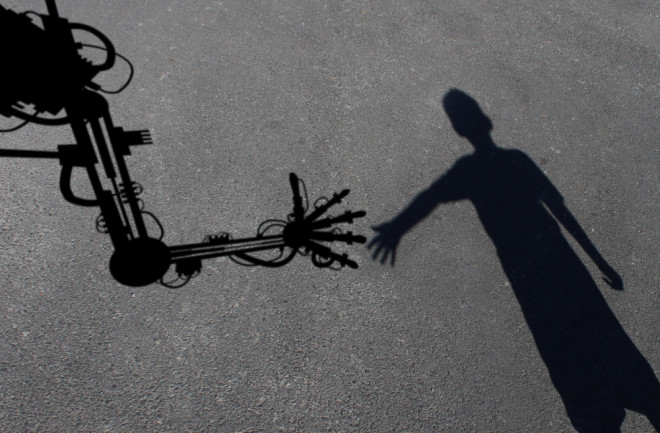So far, most people encounter robots in the pages of science fiction stories. (Not counting the ones that can deliver food on college campuses or make you a latte.) But in the not-too-distant future, interacting with robots will become even more common in the real world. When that happens, robots will need the social skills to properly interact with humans.
Still, surprisingly little work has been done to make sure robots can socialize, even on a basic level. But a team of MIT researchers has taken up the challenge: The scientists developed a framework for robotics that incorporates social interactions, enabling the machines to understand how we help — or hinder — our fellow humans.

